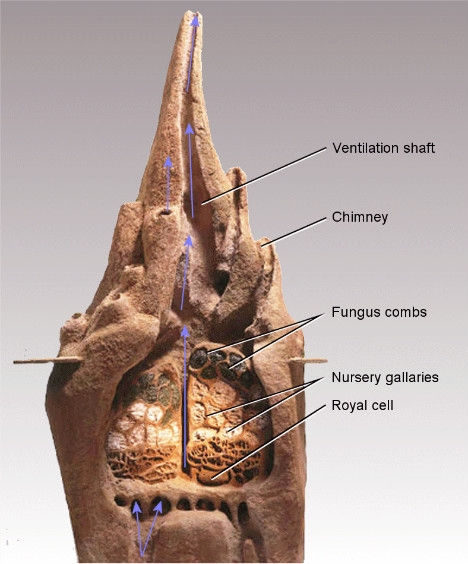Biomimetics
Mimicking Natures Inventions

Biomimetics Background
The term “biomimicry” might not be familiar to all of us. According to the Merriam-Webster Dictionary, biomimetics is “the study of the formation, structure, or function of biologically produced substances and materials and biological mechanisms and processes especially for the purpose of synthesizing similar products by artificial mechanisms which mimic natural ones. In other words, biomimetics is the mimicry of natural elements, such as the pads of a gecko’s toes, into artificial objects, such as tire treads. The tire treads mimic the toe pads in the way they are oriented and how they work.

A new product called Geckskin, a type of fabric that can support 700 lb just on an index-card-sized strip due to its structure that mimics a gecko's toe pads, which can grip very tightly to many surfaces.

Leonardo da Vinci’s sketches for a “flying machine”.
Biomimicry Origin
The word “biomimicry” was first used by biophysicist Otto Schmitt in a paper he presented at the International Biophysics Congress in Boston in 1969 (foreignpolicy.com). Although the word itself was not used until 1969 and later popularized by Janine Benyus in her 1997 book “Biomimicry: Innovation Inspired by Nature” (biomimicry.org), the idea of mimicking nature’s inventions has been around for centuries. Leonardo da Vinci studied birds and their flying nature in the hopes of creating a “flying machine”. He observed their anatomy and made various sketches and took many notes on the way they flew to help him create the sketches of the machines. He used nature’s designs to create man made aircraft designs (wbdg.org). Though he never succeeded in creating a working “flying machine”, his ideas were an inspiration to the Wright Brothers, who did successfully create and fly the first plane on the historic December 17th, 1903, in Kitty Hawk, North Carolina (eyewitnesstohistory).
The Eastgate Centre
On a simpler scale, even early humans looked to the animals around them for techniques on survival, hunting, and shelter. We have been applying the principles of biomimicry to our lives for many years, but only recently have we acknowledged its impacts and begun to apply biomimetics to modern technology to improve its performance and sustainability . For example, the architecture of the Eastgate Centre in Harare, Zimbabwe is very similar to that of termite mounds. Known for their amazing ability to maintain comfortable indoor temperatures even when outdoor temperatures are raging hot or frigid, these mounds were carefully studied by architect Mick Pearce. He discovered that the mounds had many cooling chimneys and tunnels that helped maintain the comfortable temperatures and applied this feature to the building. It now uses 90% less energy to heat and cool the building than other standard buildings (mnn.com).




The Eastgate Centre in Harare, Zimbabwe, whose structure mimics the structure of an efficiently cool termite mound.
Questioning Biomimicry
Although the technology is based off of nature's designs, turning the designs into usable products that benefit society is a little more difficult. Certain products may work for only certain areas of technology, and it might be a product that cost more money than it makes or saves. Also, the product might not be reasonable. Considerations have to be taken in on whether the product (or the technology itself) would be beneficial to the area trying to be improved. For example, when trying to come up for a solution for water pollution in the Berg River in South Africa, it was considered whether biomimicry would "impact positively on the challenges experienced in the Berg River area". It was also asked, "In which ways can biomimicry have an impact?" (Biomimicrysa.co.za/genius-of-place) These are both good questions that could be asked of any product.

A turbine wing that mimics the structure of a humpback whale's fluke, which will reduce drag and increase energy efficiency.
Products of Biomimicry
Many products have been revised by biomimetic technology, and more products are on the way. Engineers are studying such things as the bumps on the flukes of humpback whales in hopes of learning how to make airplane wings for more nimble flight. Medical researchers are now beginning to use new hypodermic needles with serrated edges, which mimic the mosquito’s proboscis, to lessen injection pain (nationalgeographic.com). These are just two of many examples of the expanding use of biomimetics to improve products into efficient, sustainable new products.